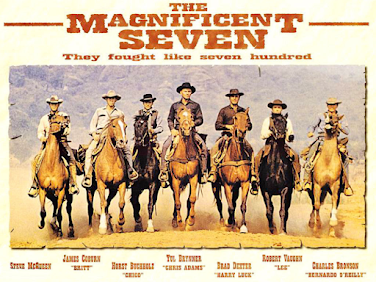 |
| Ram Gopal Varma in conversation with Komal Nahta |
“The audience loving Gabbar Singh was the story’s failure,” said director Ram Gopal Varma in a candid interview with film trade analyst Komal Nahta on his YouTube podcast Game Changers.
Though Varma hasn’t delivered a critically acclaimed film in over a decade, his cinematic sharpness remains undeniable. In this engaging conversation, he reflects on the failure of Ram Gopal Varma Ki Aag (2007), the perils of loving villains, and the curious illogic of mainstream cinema.
 |
| Amjad Khan in Sholay |
Why Loving Gabbar Singh Was a Problem
Varma believes the iconic villain Gabbar Singh, played memorably by Amjad Khan in Sholay (1975), wasn’t meant to be loved. He states, “We are supposed to hate the villain, not admire him.” According to Varma, the audience’s fascination with Gabbar signals a narrative failure. When evil becomes celebratory in cinema, does the story lose moral grounding? Food for thought, though.
The Wild Sholay Sequel That Never Happened Varma revealed a never-before-heard plotline pitched to him by Sasha Sippy, head of Sholay Media & Entertainment and nephew of Sholay director Ramesh Sippy.
In this proposed sequel: Gabbar and Helen’s dancer character consummate their relationship post the Mehbooba song, leading to the birth of Junior Gabbar. Veeru and Basanti return to Ramgarh for Radha but are kidnapped by Junior Gabbar.Veeru and Basanti's children then journey to rescue them!
How this story would believably unfold on screen, considering the timelines and assumed biological growth of various characters seems to be the least of the problems.
Komal Nahta laughs uncontrollably, while Varma swears the pitch was genuine. This far-fetched narrative, says Varma, was one of the reasons he eventually helmed the much-criticized Aag.
What Went Wrong with Ram Gopal Varma Ki Aag?
Varma attributes the failure of Aag to two key decisions:
Creative Constraints from Sasha Sippy's Pitch: Sasha Sippy's Sholay sequel plot narration, certainly killed RGV's interest. Clearly it was plot that RGV didn't expect to unfold. Varma also surely, didn't have creative control to make his own Sholay version for Sholay Entertainment.
The Gabbar Poster Mishap: The feedback on a graphic artist's impression of Amitabh Bachchan as Gabbar Singh (renamed Babban due to copyright issues), convinced Varma into a full remake path. The rest, as they do not say often, was disaster.
Despite the backlash on Aag, Varma laughs at his failures in the interview.
Cinema is Not About Logic, Says Varma Interestingly, Varma argues that story logic often disrupts cinematic emotion. He recalls audience mumbling about a brief subplot in Bhoot (2003) that distracted from the horror. According to him, “Story is not the core of a film—emotional highs are.”
He supports this with a scene from Satya (1998): When police are tipped off about Satya’s presence in a theatre, they recklessly announce it, causing chaos. Logically, they should have quietly arrested him.
Varma admits this was a lapse, but it served the film’s drama. Only background score composer Sandeep Chowta questioned this logic back then—yet the audience never did.
The Curious Case of Veerappan (2016)
I ended up watching Veerapan after the interview. Varma’s Veerappan shows flashes of brilliance. The lead actor’s uncanny resemblance to the real-life smuggler stands out, though Lisa Ray’s vengeful character borders on theatrical. The score often overemphasizes tension.
Some of the camera placements and angles are creatively superb. While not a full return to form, the film proves Varma still has cinematic instincts that could spark a comeback.
Is a Ram Gopal Varma Comeback Possible?
In the podcast, Varma hints at working on a “big film” but withholds details. He maintains that commercial success doesn’t influence his decisions, and spontaneity remains central to his filmmaking. While critics and fans may be skeptical, the hope for a true RGV resurgence lingers.
Despite his eccentric public persona, social media antics, and controversial statements, there’s still an audience eager to see Varma reclaim his storytelling prowess.
Final Thoughts: Still Rooting for Ram Gopal Varma
Ram Gopal Varma once reshaped Indian cinema with gritty realism and emotional intensity. Today, even as his films falter, the filmmaker's insights and self-awareness are compelling. Perhaps all it takes is one well-crafted, emotionally resonant story—logic be damned—for Varma to return to form.
 |
| Ram Gopal Varma's Satya (1998) |












